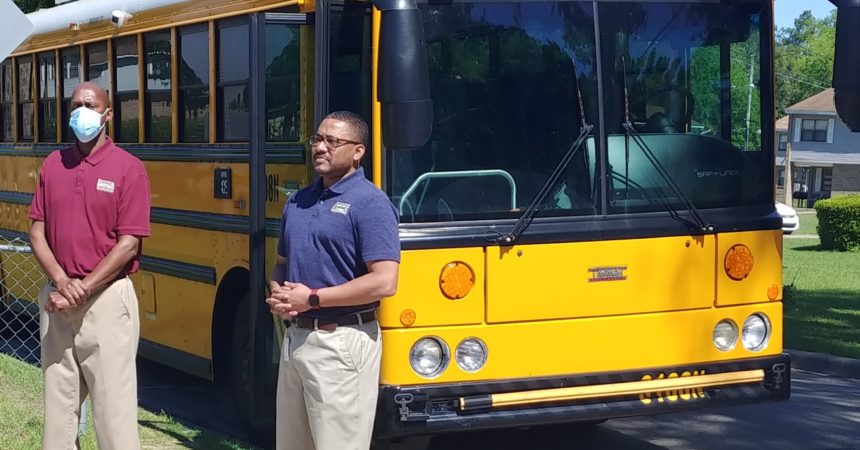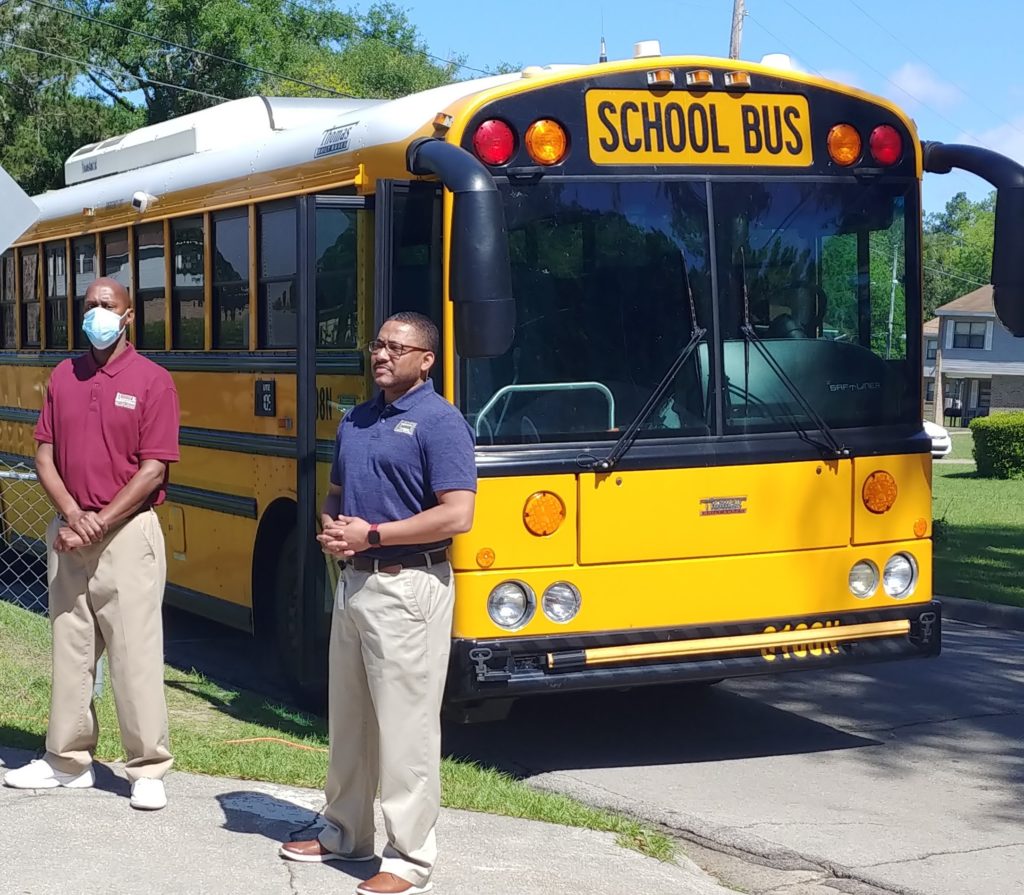
Pediatricians say school reopening benefits, risks must be weighed
By Jim Saunders
News Service of Florida
As school officials across Florida continue grappling with reopening classrooms amid the COVID-19 pandemic, a major group of pediatricians released recommendations aimed at reducing risks to children and teachers.
The Florida Chapter of the American Academy of Pediatrics, in an 11-page white paper sent to Gov. Ron DeSantis, pointed to “significant benefits” of children going back to school but also said those benefits have to be weighed against the risks. It said last Wednesday in the paper that in many areas of the state, “coronavirus prevalence will not decrease enough in the next 4-6 weeks to make the benefits of school attendance outweigh the risks.”
“While it is clearly in a child’s best interest that he/she attend classes on-campus, the benefits must outweigh the medical risks to the children, teachers, school staff and families,” the white paper said. “This goal must be the most important factor. We are learning more about the coronavirus nearly every day, and these recommendations are subject to change as new information becomes available.”
The recommendations came as school districts scramble to finalize plans about reopening campuses this month and as families try to decide whether it is safe for children to return to classrooms — or whether students should learn online, as they did after campuses were closed in March at the onset of the pandemic.
State Education Commissioner Richard Corcoran last month issued an order requiring districts to reopen brick-and-mortar schools at least five days a week in August, unless state and local health officials direct otherwise. DeSantis has focused heavily on a need for families to have choices about whether to send children back to school or to use distance learning.

Photo by St. Clair Murraine
“I think that what’s clear to me is that parents want to have the ability to control their kids’ destiny and have a meaningful choice,” DeSantis said last Tuesday during an appearance in Orlando. “And so for me, if parents believe that the distance learning is the way to go, if they’re not comfortable in a face-to-face environment for their kid, then I think they have that right. But I do think there’s a lot of parents who really do need their kid to have face-to-face interaction, and I think we ought to do all we can to be able to provide that.”
In making decisions about reopening campuses, the pediatricians’ white paper cited a World Health Organization recommendation about positive test rates being below 5 percent when averaged over a 14-day period. With Florida continuing to see thousands of new COVID-19 cases each day, the white paper used the World Health Organization standard in saying that the benefits of reopening schools will not outweigh the health risks in many areas for the next four to six weeks.
“Therefore, the FCAAP (the Florida Chapter of the American Academy of Pediatrics) recommends that school districts in locales with higher positive test rates (≥5%) that do not meet the 14-day criteria delay the start date for school until positive testing rates are lower,” the white paper said.
The document also provided a series of detailed recommendations for trying to curb the spread of the virus when schools reopen. Among those recommendations:
— Students should be kept in “cohorts” during the school day, with as little interaction with other groups of children as possible. “Since an exposure will inevitably occur, keeping students in cohorts would be important for subsequent testing, tracing, and isolation/quarantine if an exposure occurs,” the white paper said.
— Children and teachers should maintain distances of 6 feet from each other in classrooms and should not be in groups facing each other. Students above age 5, teachers and staff members should wear masks.
— Using staggered school start times would decrease the number of children in hallways and help with social distancing. Also, lunches should be eaten in classrooms.
— Teachers who are age 50 or older or have special health-care needs should work in areas with lower risk, such as in virtual instruction. Also, the report said schools should “make every effort” to hire school nurses to help manage issues related to the virus.
— Team sports that involve contact should not be held “for at least this fall, as the viral infection rate is too high and sport activities place students in closer contact. Once the viral infection rates decrease, safe involvement in sports might be possible.”







